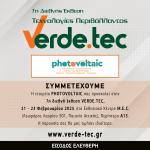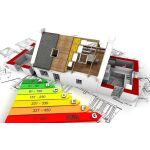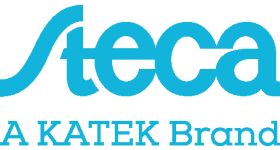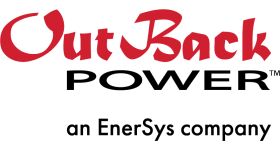We inform you that the expected Ministerial Decision on self-consumption is out for public consultation until 07/06/2024.
Key points of the YA plan for self-consumption
- The sale of the excess energy in the simultaneous net-billing will be done at the wholesale market clearing price during the injection hours.
- Household self-consumers are not considered pretentious (correctly) and are not subject to tax obligations for the disposal of the generated and injected energy in the context of netting.
- For the sale of excess energy on the wholesale market, residential self-consumers are represented by DAPEEP (which plays the role of FoSE) free of charge (as opposed to commercial self-consumers who will have to cooperate with a FoSE for a fee).
- For the installation of photovoltaics in a shared or co-owned area of a property, the consent of 51% of the co-owners of the building with a written agreement will be required from now on (compared to the 100% that applies today).
- Especially for the Non-Interconnected Islands (NID), due to the non-existence of an organized market, the excess energy is paid to the self-producer at a price (€/MWh) which is equal to the Special Market Price (STP) of RES & CHP technologies which is published by DAPEEP, and cleared by the MDN Administrator (DEDDIE S.A.), in each of the MDN electrical systems, in accordance with the provisions of the MDN Code.
- Collective self-consumption at the building level is envisaged with the application of virtual net-billing. At least two (2) self-consumers located in the same building may jointly participate in activities and regulate the sharing of the energy produced by their stations among themselves, subject to the network fees in force and other related charges, fees, contributions and taxes. In the energy offset, under the scheme of collective self-consumption, consumptions of common users in buildings can also be included
- In the case of simultaneous net-billing, the power of each installed generating station can be up to one hundred percent (100%) of the agreed consumption power (in kVA). In the case of virtual simultaneous offsetting (virtual net-billing), the power of each installed generation station can amount up to two hundred percent (200%) of the installed power of the total offsetting consumption.
- In the event that the self-consumer's station belongs to a third party, the economic result of the injected energy or the surplus energy for the cases of simultaneous netting sold on the market, may be the beneficiary of the third party, the owner of the RES station or the self-producer following the bilateral agreement between them.
- The self-producer owning a RES generating station can enter into bilateral power purchase agreements (PPAs) for the excess energy for the cases of simultaneous netting paid by the market. Accordingly, the Supplier or Cumulative Agent may guarantee a fixed selling price for excess energy.
- In the case of net-metering, the transfer of any excess injected energy from past metering periods continues until the first settlement bill issued one year (and not three years as was the case) from the activation of the connection of the generating station and the process is repeated annually until the termination or expiration of the Energy Offset Agreement.
Ministerial Decision on self-consumption for public consultation












